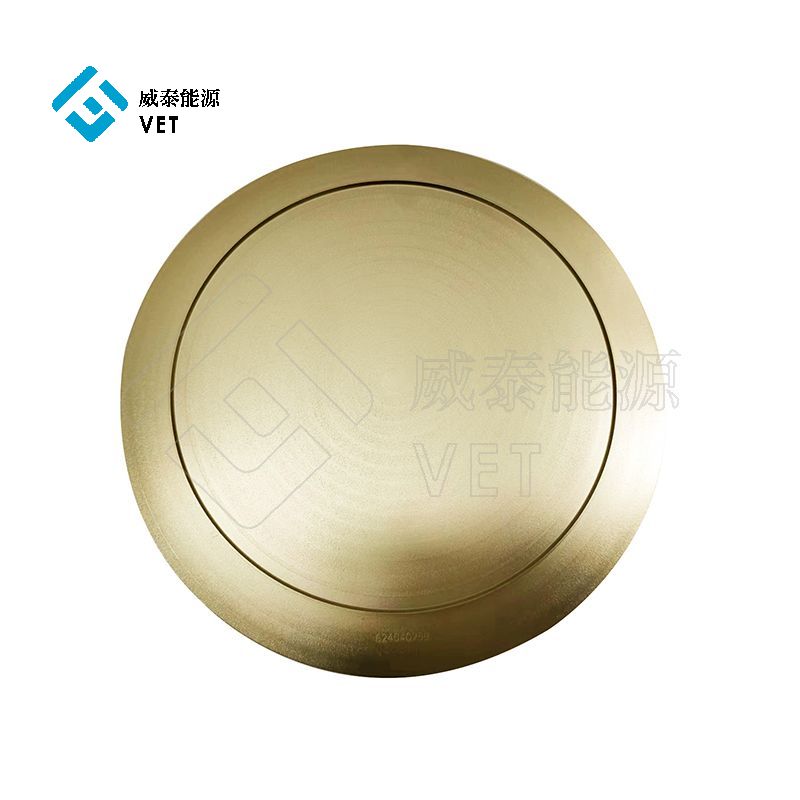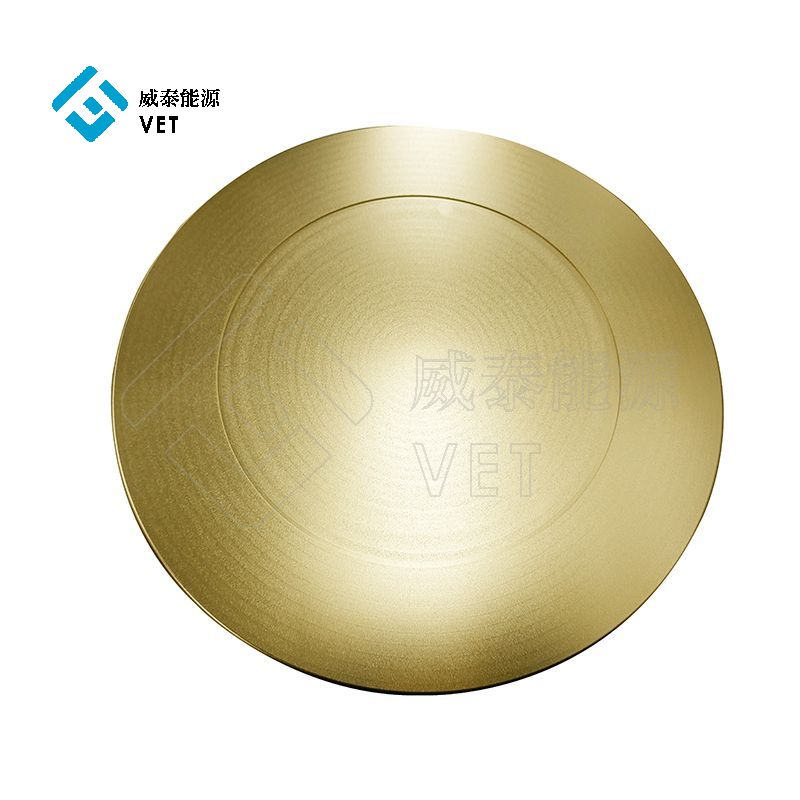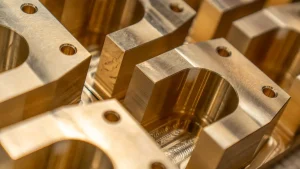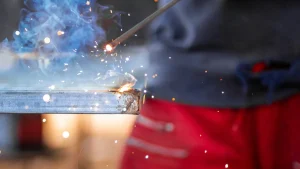You encounter TaC coatings in industries that demand extreme durability and heat resistance. These coatings, made from tantalum and carbon, deliver unmatched hardness. Manufacturers often use CVD coating techniques to create them. Unlike SiC coating, TaC coating excels in high-temperature environments, making it essential for aerospace, tooling, and electronics applications.

Key Takeaways
- TaC coatings are made using tantalum and carbon. They are very hard and resist heat in tough jobs.
- Special methods like chemical vapor deposition (CVD) and physical vapor deposition (PVD) are used to add TaC coatings. These methods make the coating stick well and last long.
- TaC coatings help industries like aerospace, tools, and electronics. They improve how parts work and make them last longer.
Manufacturing Process of TaC Coatings
Raw Materials and Preparation
To create a TaC coating, you start with two essential raw materials: tantalum and carbon. Tantalum, a rare metal, is known for its high melting point and corrosion resistance. Carbon, in its pure form, acts as the second key ingredient. Manufacturers often use tantalum powder and high-purity carbon sources to ensure the final product meets strict performance standards. Before synthesis, you must carefully measure and mix these materials to achieve the correct ratio. This step is crucial because even small deviations can affect the coating’s properties.
Synthesis Methods for TaC Coatings
The synthesis of TaC coatings typically involves advanced techniques like chemical vapor deposition (CVD). In this process, you heat tantalum and carbon precursors in a controlled environment. The high temperature causes a chemical reaction, forming a thin layer of TaC on the substrate. Another method, physical vapor deposition (PVD), uses a vacuum chamber to deposit the coating. Both methods allow you to create coatings with exceptional hardness and heat resistance. The choice of method depends on the application and desired coating thickness.
Quality Control and Testing
After synthesis, you must test the TaC coating to ensure it meets quality standards. Common tests include hardness measurements, adhesion tests, and thermal resistance evaluations. These tests help you confirm that the coating can withstand extreme conditions. Advanced tools like scanning electron microscopes (SEM) allow you to inspect the coating’s surface for defects. By maintaining strict quality control, you ensure the coating performs reliably in demanding applications.
Application Methods for TaC Coatings
Coating Techniques
You can apply a TaC coating using several advanced techniques. Chemical vapor deposition (CVD) remains one of the most popular methods. It allows you to create a uniform and durable layer by introducing tantalum and carbon precursors into a high-temperature chamber. Physical vapor deposition (PVD) is another option. This method uses a vacuum environment to deposit the coating, making it ideal for thin and precise layers. For larger components, thermal spraying offers a practical solution. It involves spraying molten TaC particles onto the surface, forming a robust coating. Each technique has unique advantages, so you should choose based on the application and required properties.
Surface Preparation and Adhesion
Before applying a TaC coating, you must prepare the surface to ensure proper adhesion. Start by cleaning the substrate to remove dirt, grease, or oxidation. Abrasive blasting is often used to roughen the surface, creating a texture that helps the coating bond effectively. In some cases, a primer layer is applied to enhance adhesion further. Skipping this step can lead to poor coating performance, so you should always prioritize thorough preparation.
Post-Application Treatments
Once the TaC coating is applied, post-application treatments can improve its performance. Heat treatments are commonly used to enhance the coating’s hardness and thermal stability. Polishing the surface can reduce roughness, ensuring a smoother finish for applications requiring precision. In some cases, additional layers of protective coatings are added to increase resistance to wear or corrosion. These treatments help you maximize the durability and functionality of the coating in demanding environments.
Practical Uses and Benefits of TaC Coatings

Industries Using TaC Coatings
You’ll find TaC coatings in industries where extreme conditions demand superior materials. The aerospace industry relies on these coatings to protect components like turbine blades and rocket nozzles. Their ability to withstand high temperatures and resist wear makes them essential for space exploration and aviation.
In the tooling industry, TaC coatings enhance the performance of cutting tools, drills, and molds. These coatings extend tool life by resisting abrasion and maintaining sharp edges, even during intense operations. Electronics manufacturers also use them to coat semiconductors and other components. Their thermal stability and electrical conductivity ensure reliable performance in advanced devices.
The medical field has started exploring TaC coatings for surgical instruments and implants. Their biocompatibility and resistance to corrosion make them ideal for these applications. Wherever durability and heat resistance are critical, you’ll see TaC coatings playing a vital role.
Key Advantages of TaC Coatings
TaC coatings offer several benefits that set them apart. Their exceptional hardness protects surfaces from scratches and wear, even in abrasive environments. You’ll appreciate their heat resistance, which allows them to perform in temperatures exceeding 4000°F. This makes them indispensable for high-temperature applications.
These coatings also provide excellent chemical resistance. They shield surfaces from corrosion caused by acids, alkalis, and other harsh substances. Their durability reduces maintenance costs and extends the lifespan of coated components. By choosing TaC coatings, you ensure reliable performance in demanding conditions.
Tip: When selecting a coating, consider the specific requirements of your application. TaC coatings excel in environments where heat, wear, and corrosion resistance are priorities.
TaC coatings deliver unmatched performance through precise manufacturing. You benefit from their advanced application techniques, which ensure strong adhesion and durability. These coatings play a critical role in industries like aerospace, tooling, and electronics. By choosing TaC coatings, you gain a reliable solution for extreme conditions, making them essential in modern technology.
For more product details, please contact steven@china-vet.com Or website: www.vet-china.com.






